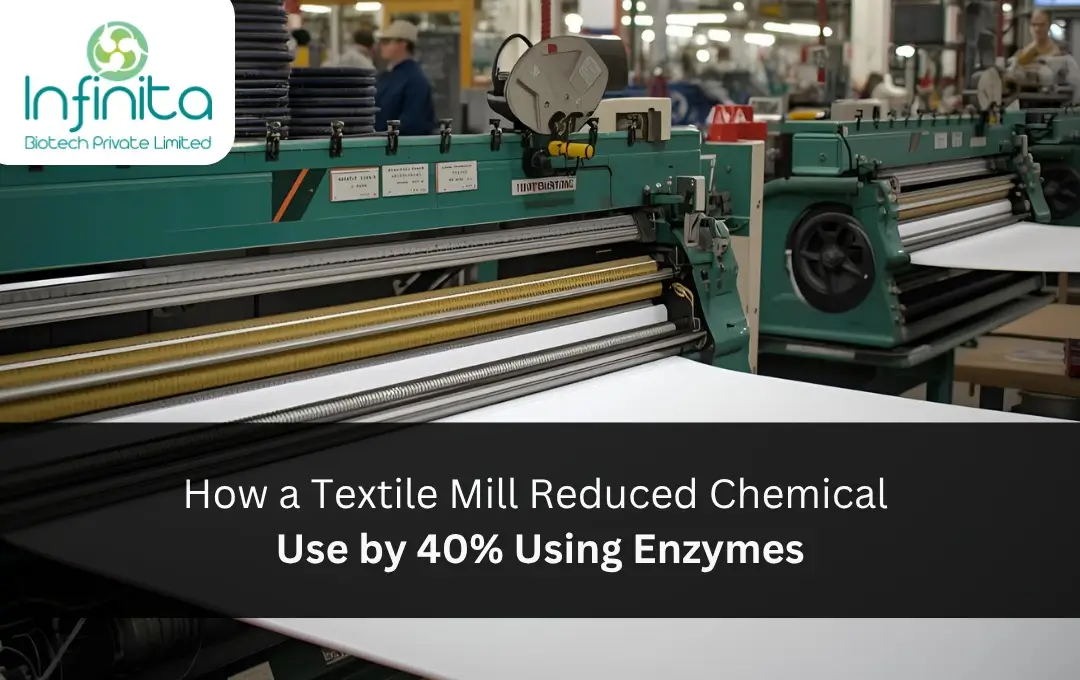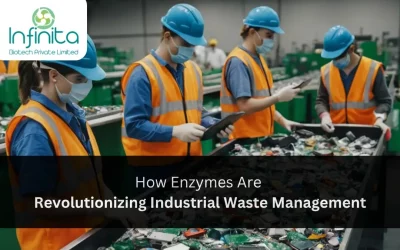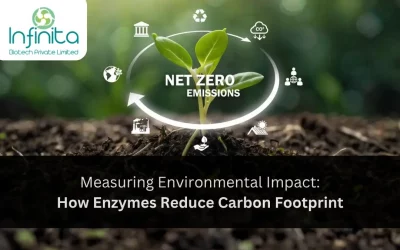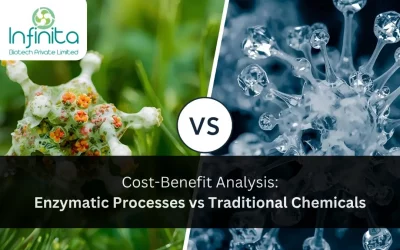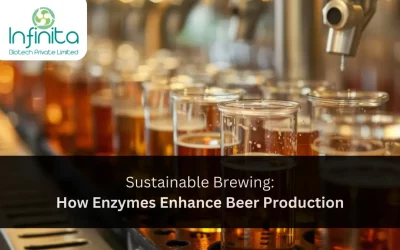A Turning Point for the Textile Industry
The global textile industry is one of the largest consumers of water and chemicals. From desizing and scouring to bleaching and finishing, every stage traditionally relies on chemical-intensive processes that drive up operational costs and contribute to environmental pollution.
However, with sustainability and efficiency taking centre stage, more textile manufacturers are turning to Textile enzymatic solutions, biological alternatives that are not only eco-friendly but also highly efficient.
The Challenge: High Chemical Load and Rising Costs
The mill, located in South Asia, operated a conventional cotton processing line producing around 15 tons of fabric per day. Like most textile mills, its pretreatment process used a combination of caustic soda, hydrogen peroxide, and synthetic detergents for desizing and scouring.
While effective, these chemicals had significant drawbacks:
- High energy demand due to elevated process temperatures (90–100 °C)
- Frequent equipment maintenance caused by corrosion
- High effluent treatment costs
- Declining fabric hand feel due to harsh treatments
As chemical prices and environmental compliance costs rose, the mill sought a more sustainable and cost-effective solution.
The Solution: Enzymatic Pretreatment Integration
After a detailed process evaluation, a blend of α-amylase and pectinase enzymes is used for enzymatic desizing and scouring. These bio-based catalysts replaced most of the harsh chemicals previously used.
The transition involved three simple steps:
- Process audit: Assessment of fabric type, existing workflow, and effluent profile.
- Pilot trial: Testing enzyme efficacy under real production conditions.
- Scale-up: Full integration after consistent performance validation.
The enzymatic process operated effectively at 55–60 °C, compared to 95 °C for the chemical route, resulting in immediate energy savings and shorter process cycles.
Quantifiable Results: Comparing Key Metrics
Below is a comparison between the mill’s traditional chemical process and the new enzyme-integrated system:
| Parameter | Chemical Process | Enzymatic Process | Improvement |
|---|---|---|---|
| Chemical Consumption | 100% | 60% | 40% reduction |
| Process Temperature | 95 °C | 60 °C | ≈35% energy savings |
| Processing Time | 90 minutes | 65 minutes | ≈28% faster cycle |
| Fabric Hand Feel | Moderate | Softer, smoother | Enhanced quality |
| Effluent Load (COD) | High | Significantly lower | ≈45% reduction |
Process Optimization and Long-Term Impact
One of the main advantages of enzyme-based textile processing is compatibility with existing equipment. The mill did not require new machinery; minor process adjustments were sufficient. Over a three-month observation period, the following benefits were recorded:
- Reduced water consumption by 25%, as rinsing requirements dropped due to lower chemical residue.
- Lower steam demand, contributing to overall energy savings.
- Improved equipment life—the absence of caustic chemicals meant fewer corrosion-related breakdowns.
- Enhanced working environment, since operators were exposed to milder, biodegradable solutions.
Financially, the mill recovered its enzyme investment within five months, owing to the cumulative savings in energy, water, and chemical procurement.
Environmental and Regulatory Advantages
Beyond cost, the textile enzymatic switch also helped the mill meet stricter zero-liquid-discharge (ZLD) norms and reduced the environmental load on its effluent treatment plant. Enzymes being biodegradable, the treated water now requires less neutralisation and could be safely recycled within the plant.
The change also improved the mill’s sustainability profile, making it eligible for eco-label certifications and boosting its credibility among international buyers demanding greener production methods.
Why Enzymes Outperform Chemicals
Textile Enzymes offer specificity, they target only the impurities they are designed to break down, leaving the fabric undamaged. This precision enables manufacturers to achieve desired results with less input, minimal waste, and consistent quality. Unlike chemicals that act broadly, enzymes ensure controlled, predictable reactions, creating a stable production environment and reducing rework rates.
Conclusion: A Replicable Model for Sustainable Textile Processing
The success story of the textile mill is not an isolated case but a model for the entire industry. By replacing aggressive chemicals with Infinita Biotech’s Textile enzyme formulations, the mill achieved measurable cost savings, higher fabric quality, and a significantly lower environmental footprint.
As the textile industry faces increasing pressure to adopt greener technologies, enzymatic processing offers a practical path forward—balancing productivity with sustainability.
At Infinita Biotech, we partner with manufacturers to customise enzyme solutions for desizing, scouring, bleaching, and bio-polishing. Each solution is designed to optimise your existing workflow while helping your facility meet both economic and environmental goals.
Explore the power of enzymatic innovation—contact our technical experts today to learn how your textile operations can achieve similar results.
